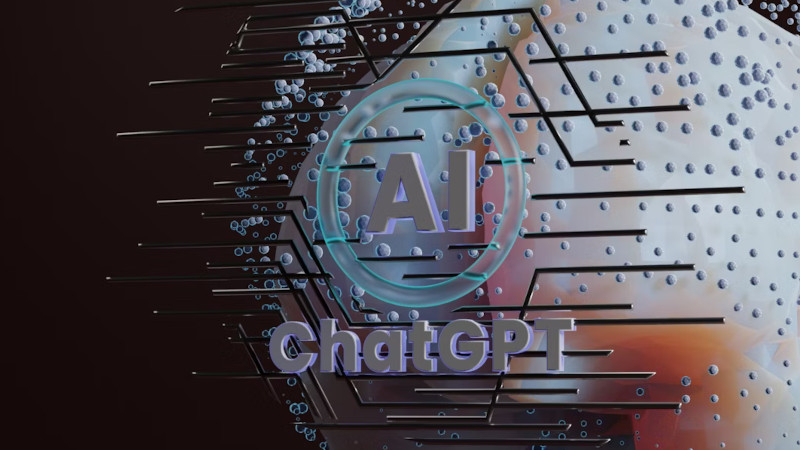OpenAI CEO Sam Altman has published an essay in which he attempts to uncover the problem of the imbalance in the distribution of benefits from technological progress. In his opinion, although technological development contributes to the improvement of such indicators as health and economic well-being of society, the benefits of AI are distributed unevenly. In particular, he proposed the concept of a “compute budget” along with other, at first glance, strange ideas designed to ensure universal access to advanced AI technologies and prevent an imbalance between capital and labor, and, as a result, socio-economic shifts.

Image source: Growtika / Unsplash
The implementation of the proposed measures, including the concept of a “computing budget” aimed at ensuring that all inhabitants of the Earth have access to significant computing resources, which in turn should make the distribution of benefits from technology more equitable, faces serious practical difficulties. Already today, the impact of AI on the labor market is reflected in the reduction of jobs and the restructuring of departments in most companies around the world. Experts warn that in the absence of appropriate government measures, such as retraining and upskilling programs, a situation of mass unemployment may arise, which will only exacerbate social inequality.
Altman also focused on the approach of artificial general intelligence (AGI), a system capable of solving increasingly complex problems at the human level in a variety of domains. He cautioned that while such AI systems may be highly effective in some areas, they will require constant human supervision and, he said, will not be the source of cutting-edge ideas. It is their large-scale deployment that will provide the real value of AGI, Altman believes, and will enable the creation of thousands, perhaps millions, of hyper-efficient systems to solve problems in every domain of intellectual activity.

Image source: OpenAI Forum
In terms of the financial aspect of AI development, Altman drew attention to the scale of investments and the dynamics of cost reduction. According to available data, OpenAI is in talks to attract investments of up to $40 billion, and also plans to invest up to $500 billion with partners to create a vast data network. He also emphasized that the cost of using “a certain level of AI” decreases by 10 times every 12 months. This means that although expanding the boundaries of AI technologies will not lead to a decrease in their cost, users will be able to access increasingly advanced AI systems for the same money.
As OpenAI’s technology evolves, it is transitioning from a nonprofit model to a traditional corporate structure. The company aims to reach $100 billion in revenue by 2029, which is comparable to the annual sales of companies like Target and Nestle. Altman noted that creating AGI may require strict restrictions to ensure safety, which will likely draw criticism. He emphasized that OpenAI’s goal in developing AGI is to empower people and prevent authoritarian regimes from using AI to control their populations through mass surveillance. Altman recently said that he believes OpenAI has taken the wrong stance on the openness of its technology. While the company has provided open solutions in the past, it has generally taken a proprietary, closed approach to development.
It can be stated that the ideas outlined by Altman reflect the complex dynamics of AI development, where technological progress is associated with significant social and economic challenges. Large-scale investments, dynamic reduction in computing costs, and the need for strict security measures indicate that the future of AI requires a comprehensive and thoughtful approach. At the same time, OpenAI’s strategic partnership with Microsoft remains key, and the upcoming AI Action Summit in Paris highlights the relevance of the issues discussed.